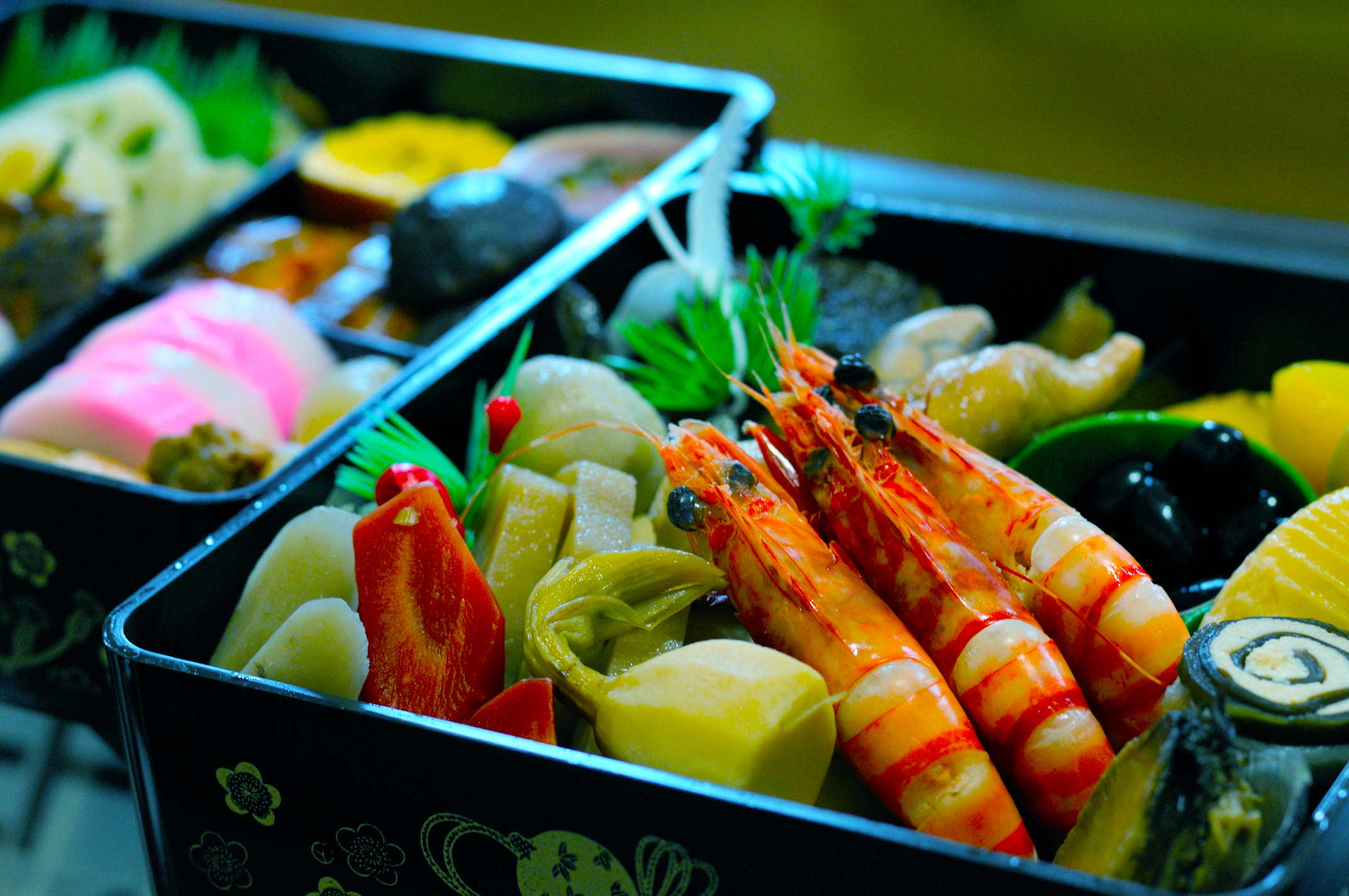 Passion and creativity go hand-in-hand for chefs jobs. But with thousands in the fray, it becomes increasingly important to stand out at work. Knowing the basics may not be enough as you grow in the industry; you will need to up your game by making your dish exciting and appealing.
Passion and creativity go hand-in-hand for chefs jobs. But with thousands in the fray, it becomes increasingly important to stand out at work. Knowing the basics may not be enough as you grow in the industry; you will need to up your game by making your dish exciting and appealing.
One of the main ways to create a new dish or make an existing dish exciting is to eat. Eat the dish you’re looking at changing and also other food, particularly those you are unfamiliar with. This will help you understand flavour profiles and expand your range. It will also give you the chance to pick up on tiny details of the dish and give you ideas for elements to change. You will be able to create interesting new pairings, or even swap a small element in an existing dish to completely change the flavours.
Another way to change a regular dish is to play with existing elements. Often, young students follow the book to the ‘T’, making sure every step of a recipe is followed through thoroughly. At a later stage in one’s career, you can look at taking your favourite dish that you have made beautifully for years, and switching it up. This can be done by playing with elements such as textures, plating and portion sizes.
You could take a curry and carb dish and make it exciting by introducing a crunchy element. You may not need to change the flavour, but just changing the texture can make the dish exciting. For example, instead of regular steamed rice, you could use rice crackers. Or instead of a boiled vegetable, you could use a purée.
Guests are becoming more adventurous with food, even on cruise ships. Watching food shows and reality TV contests can give you ideas of how to hero one ingredient on the plate and complement it with simple additions. Perhaps you could put the focus on beef or mushrooms and use even items like coffee or chocolate unusually in a savoury dish. The flavour changes can be subtle, but even so can make a dish different and interesting.
Talk to other chefs about ideas for your dish. You might find that a little tweak to an original idea could make it even more interesting. You can bounce off ideas for flavour combinations, thematic interpretations, and even presentation.
Finally, plating can be as important as the dish itself. A poorly presented dish will not be appetising to look at, thereby ruining the experience of the diner before he or she even puts a morsel in his or her mouth.
Plating is so important that when chefs are developing new dishes they sketch out several potential designs of presentations before the dish even comes into being. The kind of serving dishes, their size, shape and colour can make a difference too. Placement of the various elements on the plate is important as well, focusing on which ones the diner is likely to eat together.
Remember to pay attention to detail. Contrast colours of vegetables and meat, use long elements to create the illusion of height and create beautiful designs using sauces. Gorgeous and technically difficult garnishes are also a great way to catch your diner’s eyes. Meshes, chocolate shards, edible flowers and other similar elements can add an interesting component to your dish.

